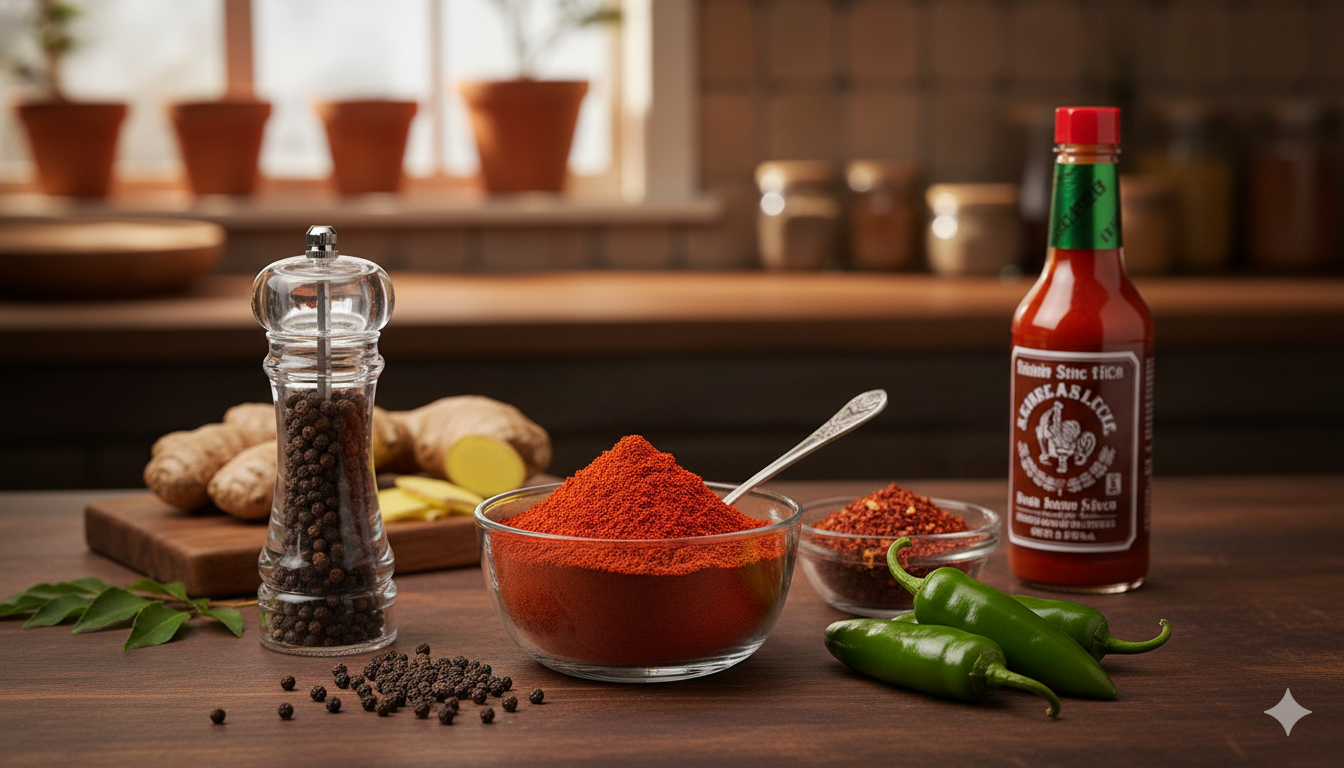Image credit: IstockThey're here: the holidays with their cheer and charm on the one hand and their chaos and crazy on the other. There are the many tasty but way-too-caloric meals, sweet and overbearing in-laws, high expectations and numerous disappointments, change of pace and lack of structure. The list of naughty and nice holiday experiences is as long as Santa's own.For some people, this is no big deal, a passing state of affairs that soon will be a mere fragment on the collage of holidays past. But if you, like many, find that holidays have a special place on your list of anxiety and gloom-inducing triggers, then the following fitness and nutrition ideas might just be what you need.
Eat when you are hungry. A common mistake people make is to skip meals in anticipation of the big buffet. The downside: You feel bad from being too hungry before the meal and overly full after.
"Consider your hunger cues," says Cheryl Harris, local nutrition coach and owner of Harris Whole Health. "You feel just as bad when you are hungry as when you have eaten too much."
Bloating, fatigue and crankiness are among symptoms of these extremes on the hunger spectrum. Instead, stick to your routines even on holiday-buffet day.
Make smart choices and be picky with indulgences. Let's be honest: Healthy choices don't really abound during the holidays, but they can be found. Harris suggests looking for chili and vegetable-based soup, as they usually are "reasonably healthy choices," and whole foods such as clementines. And feel free to indulge in the dishes that are special, not the things (store-bought chips and cookies) that you can have any time of the year. Grandma's apple pie, on the other hand? Go for it, says Harris. "Have the things that define the holiday for you."
Take your time. Take some time to look at the spread before digging in. Socialize with family and friends. Enjoy the sights and sounds. Eventually, home in on the two or three items that look the most delectable. Use moderation. This is probably not your last meal.
Stay hydrated. Try to aim for your eight glasses of water a day. Dehydration has been shown to affect mood negatively, Harris says. If you are drinking alcohol it's a good idea to alternate with water. Club soda may be a more festive option than plain water.
Watch the mixed drinks for calories and high sugar content. Eggnog tops the list of the naughties with about 350 calories per cup. Also, be mindful that alcohol can interact adversely with antidepressants.
Take a deep breath. Yes, simply speaking, take a deep breath when emotional temperatures starts rising, says Alyson Shade, a local yoga instructor and owner of Realignment Studio.
"I usually recommend dirga pranayama - the three-part breath. That's really calming," Shade says.
You can do dirga breathing flat on your back, seated or even while standing in a long retail checkout line, she says.
Here is how: You place one hand on the belly, the other on the chest. As you breathe in, the lower abdomen starts lifting, followed by middle abdomen and then the chest. When you exhale, the chest drops first, followed by the middle abdomen and, last, the lower abdomen. The breath moves like a wave through the torso.
"Usually, people feel really amazing after this one," Shade says. "It's my go-to when I start feeling anxious."
There are other yogic breathing techniques (called pranayama), but Shade recommends this one because it is pretty simple.
Be realistic about expectations. It's important to put the holidays in perspective, says Mary Alvord, a local psychologist and the Maryland state public education campaign coordinator for the American Psychological Association.
"It can help to think about this as temporary. The time together is limited. Let's make the best of it," says Alvord, director of Alvord, Baker & Associates in Maryland.
Being realistic in your expectations and carving out alone time (and letting friends and family know in a graceful way that you need some time to be the best you) are also helpful in staying centered and grounding during the holidays, she says.
Visualize a happy place: Visualization can be another effective tool in coping with the holiday stress, Alvord says. It's a technique that involves all of your senses. Here is how:
(When you first get started, close your eyes to focus better - but after a while, you might be able to use this technique "while talking to a friend," she says.)
Imagine yourself in a safe place. It can be real or fictitious. Imagine colors that you associate with calm. Think of sounds that are pleasing to you. It may be silence. Feel the perfect temperature on your skin. Sense the perfect smells and tastes.
You are transporting yourself to a safe and calm place as anxiousness arises.
"That's the beauty of visualization. You can go to the beach for just a few minutes," Alvord says. And then be right back to reality, refreshed and ready for the next family interaction.
Be present. Mindfulness employs many of the same tools that visualization does, except you are staying present, not going to the beach. Notice your breath, talk about what you see, hear, smell and feel on your skin - be fully present.
It can apply to eating as well. "Mindful eating" means that you take your time to notice all aspects of the food you are enjoying: the color, the smell, the shape, how it feels in the mouth, how it feels when you swallow, etc. It has been linked to healthier eating habits and even weight loss.
"Mindfulness connects thoughts, emotions and behaviors," Alvord says.
Stick to your routine: As much as possible, stick to your routine, Shade says. Get the sleep you need and get the exercise you need.
"I feel off if I don't stick to my daily practice," Shade says.
For some people, the daily routine is going for a run. For others it's going to the gym. Plan ahead, bring the gear needed (running shoes, yoga mat, workout wear).
If you don't have access to a studio or gym and running is not your thing, Shade suggests online tools such as Yogaglo (yogaglo.com), which offers a wide variety of yoga classes.
"Just do something, even if it's just 15 minutes," Shade says
Loosen up. When we are anxious and stressed, we often have tightness in the shoulders and neck.
Alvord, author of "Relaxation and Wellness Techniques," says muscle relaxation techniques can help reduce tightness while also providing calm. Here is how:
Tighten each muscle group of the body one at a time and then slowly release them. Feel the tingling sensation and warmth.
For the shoulders and neck specifically:Tuck the chin to the chest. Hold it while counting to 10. Gradually, bring the head back up. Tilt the head toward the right shoulder. Hold it while counting to 10 and then lift slowly. Repeat on the left side.
"Sometimes this technique improves breath and even the immune system," Alvord says.
It's an example, she says, of the mind-body connection. If the body is uncomfortable, the mind is too: Your thoughts are reflected in your body and your body is reflected in your thoughts.
© 2015 The Washington Post











